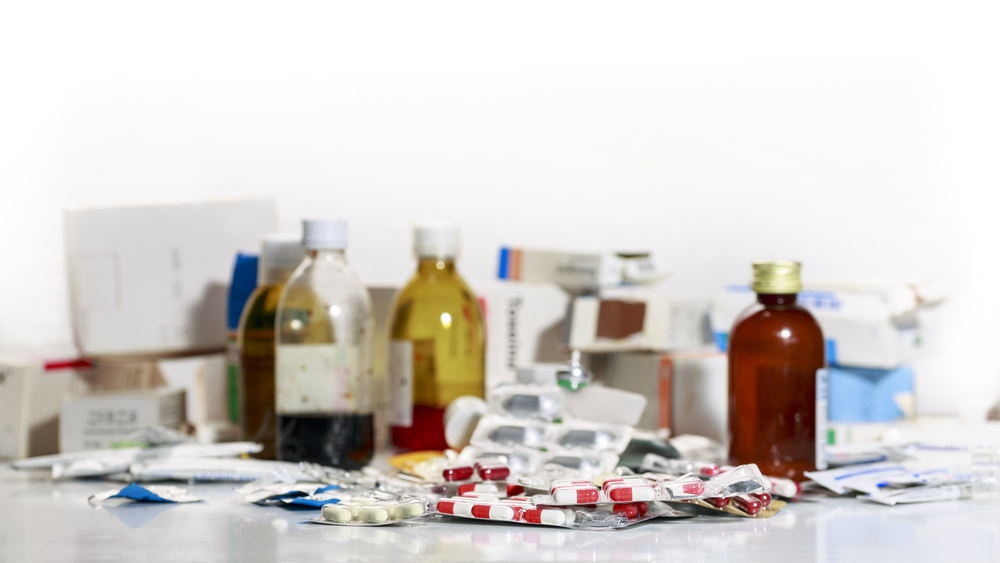Biomedical waste must be properly disposed of according to state and federal regulations or it could contaminate the water and soil. Animals that get into biomedical waste could contract a disease and pass it on to people. Sources of biomedical waste include hospitals, veterinarians, dentists, pharmacies, blood banks, medical and veterinary colleges and others medical-related institutions.
Definition and Classification of Biomedical Waste
Biomedical waste is any waste that includes “blood or tissue removed from operating rooms, morgues, laboratories, or other medical facilities.” It may also include anything that was used in treating a patient, bedding and hospital gowns that are thrown away.
Types of biomedical waste fall under the classification of biomedical waste according to WHO and include:
- Infectious waste, which is anything contaminated with body fluids including blood, stocks and cultures of infectious agents from lab work and waste from patients with infections;
- Sharps including disposable scalpels, needles, blades and syringes;
- Pathological waste such as human organs, fluids and tissues, body parts and animal carcasses that are contaminated;
- Pressurized containers;
- Pharmaceutical waste including drugs and vaccines that are unused, expired or contaminated;
- Chemical waste including disinfectants, heavy metals in medical devices such as mercury, solvents and reagents that are used in lab preparations and batteries;
- Radioactive waste including radiotherapeutic materials, radioactive diagnostic material and products that may have been contaminated by same;
- Cyctotoxic waste including any hazardous substance that is teratogenic, mutagenic or carcinogenic such as chemotherapy drugs; and
- General waste that may not have a chemical, biological, physical or radioactive hazard.
The effects of biomedical waste on environment is severe, so the importance of biomedical waste management is high. Several types of waste have their own containers including sharps and radioactive waste.
Biomedical Waste Management
The World Health Organization states that 15 to 35 percent of hospital waste is considered infectious waste and that about 85 percent of waste from hospitals are actually non-hazardous. However, because someone may harbor a virus, all waste must be treated as biomedical waste.
Most medical waste is regulated by state and health departments. The Medical Waste Tracking Act of 1988 expired in 1991 and since then, it has been up to the states to regulate the waste. However, some federal agencies do have medical waste regulations, including the CDC, FDA and OSHA.
How is biomedical waste made? Every medical facility has biomedical waste because of the nature of the profession. Whether it’s linens and other clothing that may have been exposed to body fluids and chemicals, the chemicals themselves or even sharps and syringes, it is considered biomedical waste if it was on or near a patient.
How to Dispose of Biomedical Waste
Biomedical waste must be treated before it is disposed of. How is biomedical waste treated? It depends on the type of waste. Depending on the classification, the waste may be burned or otherwise neutralized. Some medical facilities have special septic systems for blood and other body fluids that are washed down drains. That waste is specially treated before being disposed of.
Your medical facility has different bins for different types of waste. Be sure to use the proper bins when disposing of sharps and contaminated items, especially those items that have come into contact with chemotherapy and radiation drugs used to treat cancer. Most medical facilities train new staff on how to dispose of biomedical waste, but if you have any questions, visit our website.
Contact MedWaste Services
Contact MedWaste Services if you are looking for a medical waste disposal company with reasonable fees and no hidden costs. Visit our website to learn more about biomedical waste treatment and regulations.

